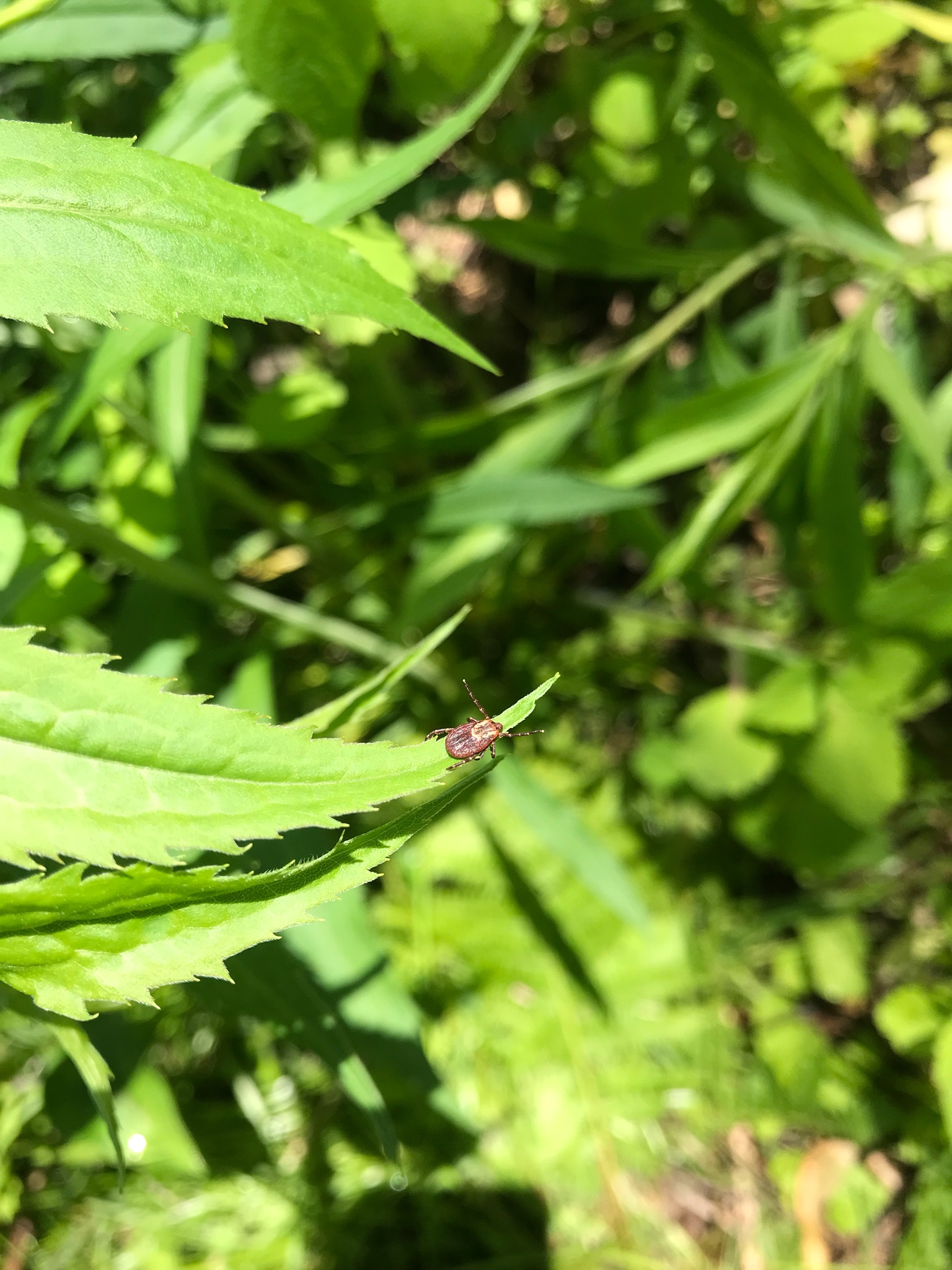
Numbers for Rocky Mountain Spotted fever double in Baja California, Mexico
Rocky Mountain Spotted Fever (RMSF) has been a problem in northern Mexico for some time, but recently cases have begun rising. Over 2,000 cases have been reported in the past five years, as well as hundreds of deaths, elevating the issue to epidemic levels. In recent years,tick populations worldwide have been increasing rapidly, with ticks spreading to places they were not previously found and cases of tick-borne illnesses rising. However, this particular case is especially concerning. RMSF has been called the deadliest tick-borne disease in the world, and for good reason.
Research conducted in 2021 shows that as temperatures rise, ticks become more likely to attach to human hosts rather than to dogs and rodents. With climate conditions being an extremely important factor regarding tick populations and tick activity, we can expect to see tick-borne illnesses become an even larger threat than currently. Growing geographic locations of ticks can also be expected in the upcoming years.
In the Mexican state of Baja California, there were roughly 92 cases of RMSF in 2022. This is a relatively small number of cases when compared with more common tick-borne diseases such as Lyme disease, but when we look at what we know about RMSF this number does not bode well. Firstly, according to the state’s data, this number is double that of the previous year. Secondly and most importantly, in Baja California untreated RMSF kills 4 out of every 10 people that contract the disease (according to recorded numbers).
Children in particular appear to be at very high risk because they are more likely to interact with dogs than adults. This is significant because the brown dog tick, very common in Mexico, is the primary carrier of RMSF in the region. As the name suggests, they are commonly found on dogs. Any child physically interacting with a dog may find themselves as host to a tick which transferred to them from that dog. Researchers dispatched within the area have been able to correlate the high cases with dogs. These researchers are currently working on analyzing the DNA collected, to find patterns within the bacteria found and specific conditions that can heighten the cases.
What is Rocky Mountain Spotted Fever?
As mentioned above, Rocky Mountain Spotted Fever is known to be one of the deadliest, if not the deadliest, tick-borne illness. Exposure occurs when a person or animal is bitten by a tick which carries the bacterium Rickettsia rickettsii. The dog tick is the most common carrier of the bacterium, specifically the brown dog tick in Mexico and the American dog tick in the USA.
The first symptoms will appear roughly 2-14 days after infection. Some of the most common symptoms associated with RMSF are, fever, rash, headache, fatigue, and muscle/joint pain. The rash in particular is fairly distinctive: it appears several days after the fever and will initially present as small pink spots on the limbs, which will spread later to cover the torso as well. As the infection progresses, red and purple spots will develop. Less common symptoms can differ from person to person but may include nausea, muscle or abdominal pain, lack of appetite, vomiting, and conjunctivitis (pink eye).
Treatment for RMSF
If you notice any symptoms in yourself or a loved one, be sure to seek out treatment from a physician. As early symptoms of RMSF are not specific to one disease, infected individuals may need to visit a doctor multiple times to be certain. However, it is very important that diagnosis occurs, because RMSF can be life-threatening and the possibility of infection should be treated with appropriate seriousness. Even in previously healthy individuals, Rocky Mountain spotted fever can cause serious disease or fatality, and prompt treatment from a physician is required. It is possible for severe infections that develop, even when treated properly, can result in long-term neurological problems or bleeding disorders.
RMSF is treated with a 1-2 week course of Doxycycline, depending on how severe the symptoms are. If a child who is 10 or younger, or an adult older than age 40 has been bitten by a dog tick, it is especially important to understand your next steps, as these age groups are especially vulnerable to RMSF. Monitor any symptoms which may occur and speak to a physician as soon as you can. If possible, tick testing may be of help as well. Doing this will prove whether or not exposure occurred, or in other words, whether or not the tick in question is a carrier of the disease.
As always, the best way to fight against any tick-borne illness is prevention. Avoid areas with tall grass or forests when possible, and wear appropriate clothing when you do enter those areas (long pants and tall socks are recommended). routinely check for ticks after time spent outdoors. Safely remove any tick you find as quickly as possible- the longer it remains attached, the more likely it is that disease transmission has occurred.
The carrier of RMSF: the dog tick
The dog tick is currently the most widespread tick in the world. It commonly is found on dogs, although it often bites humans as well. The dog tick is routinely found in urban environments as well as rural areas. Compared to other tick species, it has adapted well to human activity, in addition to multiple ranges of temperatures and climates such as tropical, and temperate areas.
The American dog tick, the species most likely to be found in the United States, is oval, and flattened in shape. They are brown with gray or white markings
The Brown dog tick commonly found in Mexico is a reddish brown with no markings. This tick is smaller, with a flat, oblong body shape .
Sources:
https://www.thelancet.com/journals/laninf/article/PIIS1473-3099(17)30173-1/fulltext
https://www.washingtonpost.com/health/interactive/2023/tick-diseases-rocky-mountain-spotted-fever/
https://www.ajtmh.org/view/journals/tpmd/107/4/article-p773.xml

